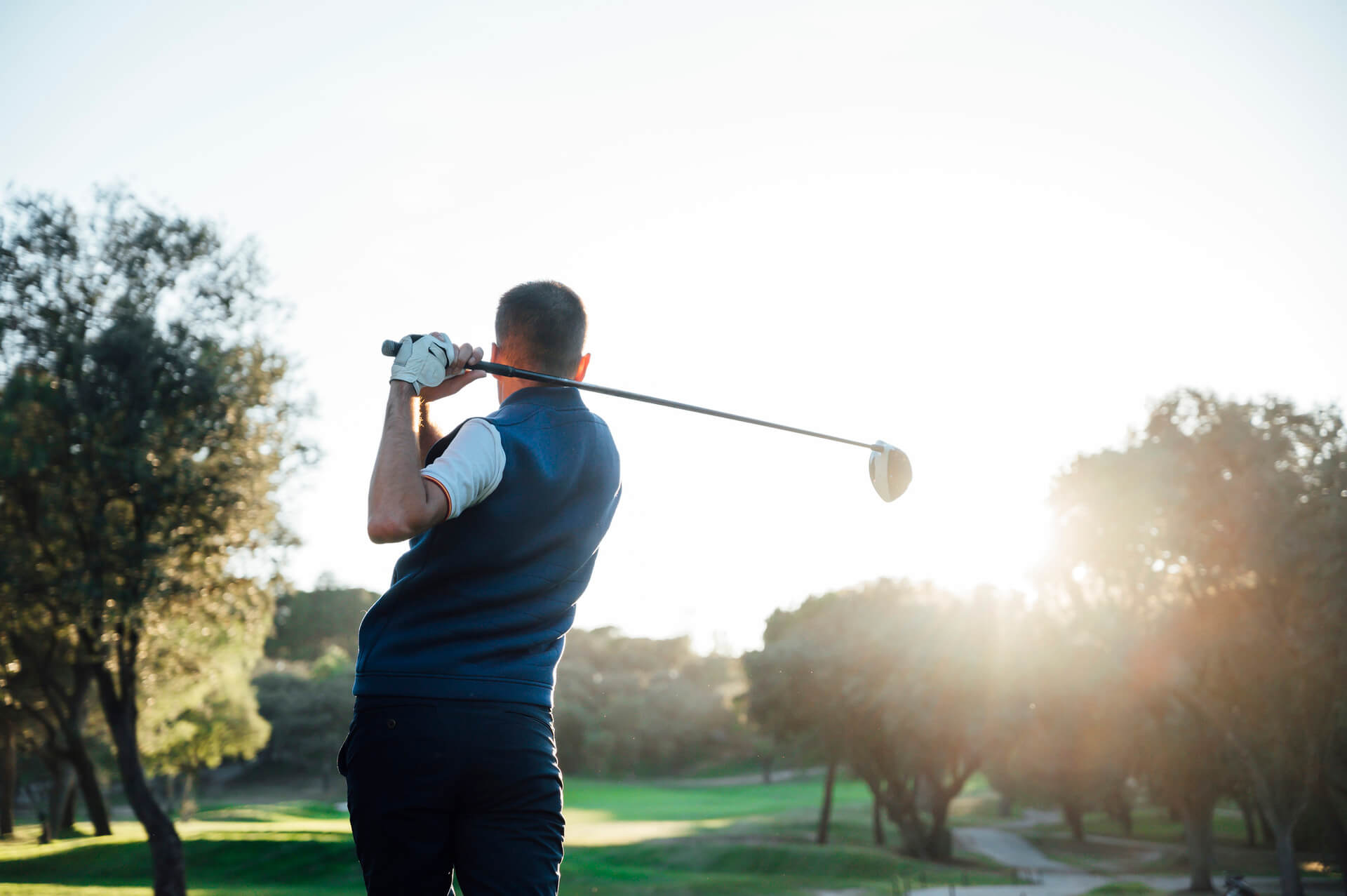Golfer’s elbow, medically known as medial epicondylitis, common flexor origin tendinopathy or medial epicondylalgia, is a common condition that affects the tendons on the inside of the elbow.
Despite its name, you don’t have to be a golfer to experience this condition.
In fact, golfer’s elbow can affect anyone who engages in activities that involve repetitive wrist and forearm movements.
At our physiotherapy and sports medicine clinic located in Melbourne, we see patients from Malvern, Armadale, and South Yarra who suffer from this condition.
Who is commonly affected by golfer’s elbow?
While golfers are indeed susceptible to this condition due to the repetitive motion of their swing, several other groups are also at risk.
People who engage in activities that require repetitive wrist flexion or gripping can develop golfer’s elbow.
This includes tennis players, weightlifters, and individuals who frequently use hand tools or engage in manual labour.
Another significant group that is commonly affected includes rock climbers or boulderers.
The repetitive gripping and pulling motions involved in climbing put a lot of strain on the tendons in the forearm, leading to tendinopathy.
Is it golfer’s elbow?
Diagnosing golfer’s elbow typically begins with a thorough clinical evaluation by a physiotherapist.
During the evaluation, your physiotherapist will ask about your medical history and the activities that may contribute to your symptoms.
A physical examination will follow, where the physiotherapist will palpate the medial epicondyle (the bony bump on the inside of your elbow) to check for tenderness and assess the range of motion and strength in your elbow and wrist.
Several clinical tests can help confirm the diagnosis.
One common test is the resisted wrist flexion test, where the patient is asked to flex their wrist against resistance.
Pain or discomfort during this test can indicate golfer’s elbow.
In some cases, imaging studies such as MRI may be used to rule out other conditions, but this is not always necessary for diagnosis.
Physiotherapy treatment options for golfer’s elbow
Effective management of golfer’s elbow often involves a combination of rest, activity modification, and targeted physiotherapy interventions.
Here are some of the key physiotherapy treatments that can help alleviate the symptoms of golfer’s elbow:
- Rest and activity modification: The first step in treating golfer’s elbow is to give the affected tendons time to heal. This may involve taking a short term break from activities that exacerbate the symptoms and modifying your technique or equipment to reduce strain on the tendons.
- Manual therapy: Techniques such as soft tissue massage and mobilisation can help improve blood flow to the affected area, reduce muscle tension, and promote healing. Your physiotherapist will use hands-on techniques to target the muscles and tendons around the elbow.
- Exercise therapy: Specific exercises are designed to strengthen the forearm muscles and improve the flexibility of the tendons. Eccentric exercises, where the muscle lengthens under tension, are particularly effective in treating tendinopathies. Your physiotherapist will prescribe a tailored exercise program that progressively increases in intensity as your symptoms improve.
- Shockwave therapy: Shockwave therapy is a non-invasive treatment that uses sound waves to stimulate healing in the affected tendons. This treatment can be particularly effective for chronic cases of golfer’s elbow that have not responded to other treatments. The shockwaves promote increased blood flow and cellular repair, which can help reduce pain and improve function.
- Education and ergonomic advice: Understanding the causes of golfer’s elbow and how to prevent it is crucial for long-term recovery. Your physiotherapist will provide you with advice on proper technique, equipment modifications, and strategies to avoid overloading the tendons in the future.
Seeking help in Melbourne, Malvern, Armadale, and South Yarra
If you are experiencing symptoms of golfer’s elbow, seeking early intervention from a qualified physiotherapist is essential.
At our clinic in Melbourne, we have a special interest in treating sports injuries and musculoskeletal conditions, including golfer’s elbow.
Our team of experienced physiotherapists and sports medicine specialists will work with you to develop a personalized treatment plan that addresses your specific needs.
Whether you are from Malvern, Armadale, South Yarra, or the surrounding areas, our clinic is here to help you get back to your activities pain-free.
Don’t let golfer’s elbow keep you from enjoying your favourite sports and hobbies.
Contact us today to schedule an appointment and start your journey to recovery with expert physiotherapy care.
In conclusion, golfer’s elbow is a condition that can affect anyone who engages in repetitive wrist and forearm activities.
Proper diagnosis and a comprehensive physiotherapy treatment plan, including rest, manual therapy, exercise, shockwave therapy, and education, can effectively manage and resolve the symptoms.
If you are in Melbourne or nearby areas, visit our clinic for quality care in physiotherapy and sports medicine.
Linh Bui
Physiotherapist and Pilates instructor at Lifecare Malvern
Linh graduated with her Bachelor of Physiotherapy (Honours) at Monash University. She has completed postgraduate courses in Sports and Exercise Physiotherapy and has experience in Clinical Pilates and is a keen participant in Pilates herself. Her clinical interests lie in diagnosis and management of both acute and longstanding musculoskeletal conditions.

